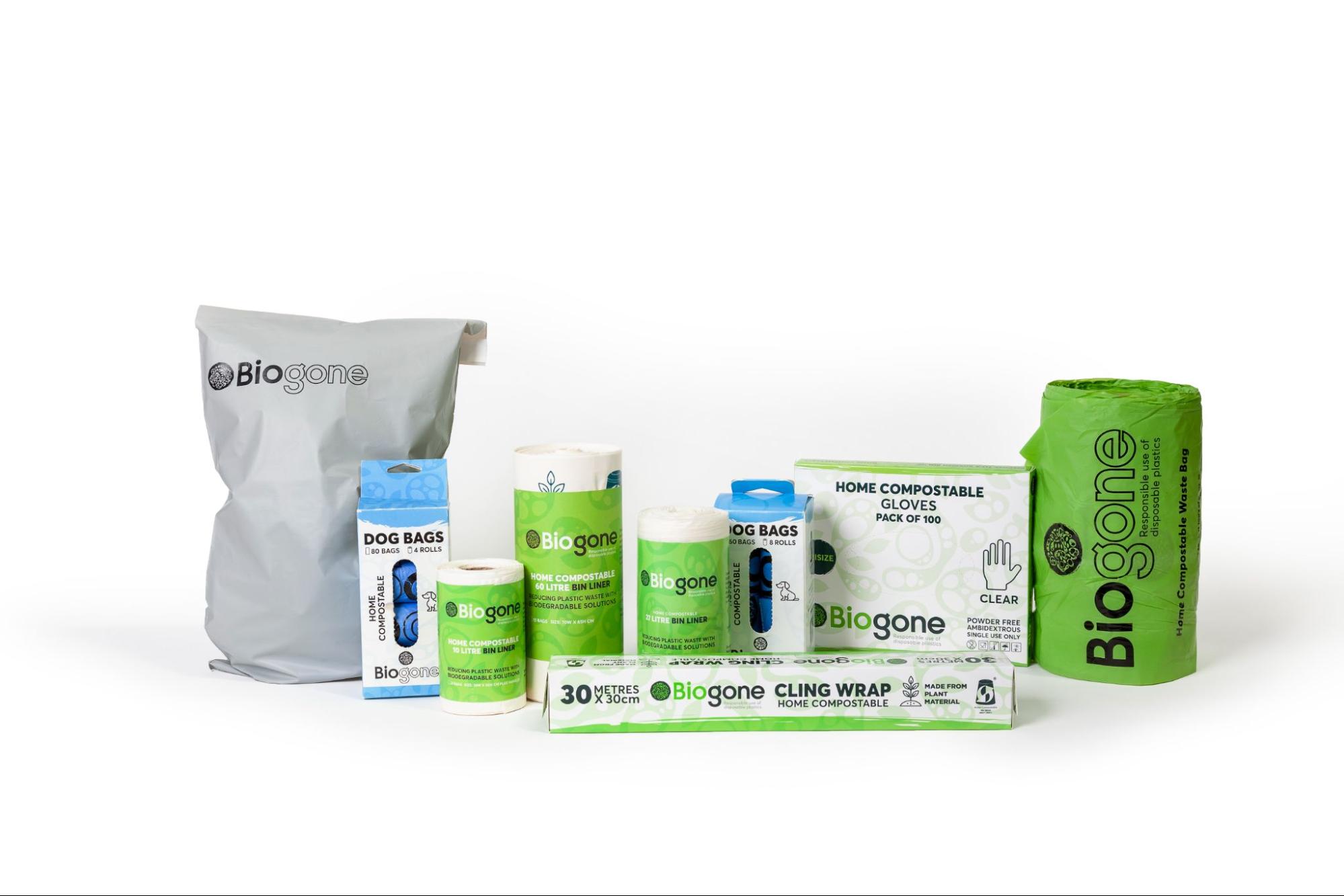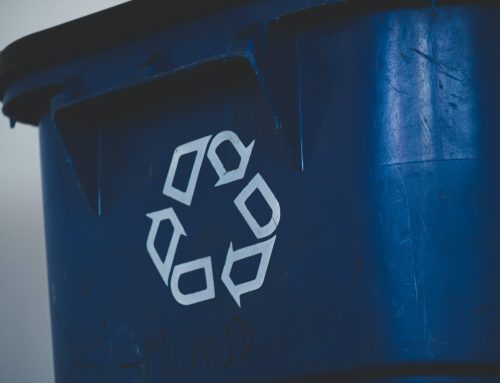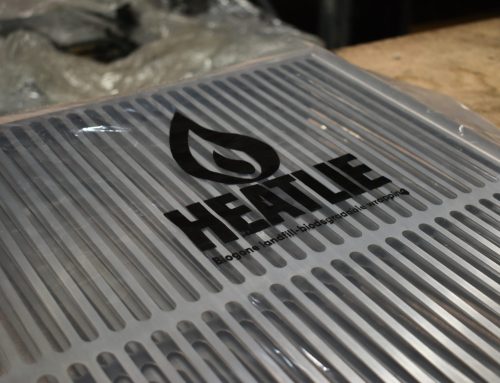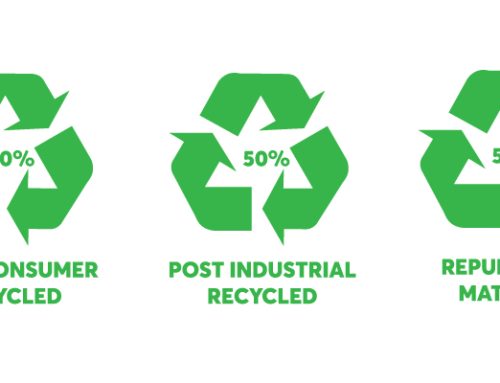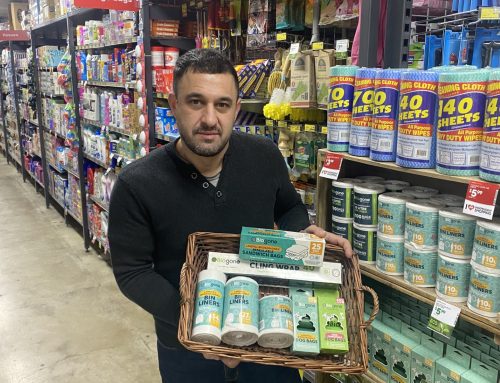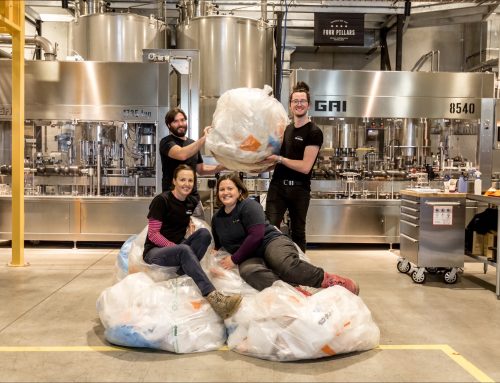What Does the Circular Economy Do?
The circular economy model aims (as opposed to the current linear model where goods are bought, used and disposed of) to help reduce carbon emissions, recover resources to be reused and to eliminate the amount of resources ending up in landfills while improving our environment.
How Does the Circular Economy Model Work?
The circular or looped economy model was first touted in 1976 by Genevieve Reday and Walter Stahel. They outlined their vision and its impact on waste prevention, resource savings, economic competitiveness, and job creation to the European Commission. The model(1) involves the reuse, repair, sharing, leasing, refurbishing and recycling of products for as long as possible.
The circular economy aims to slow climate change by extending the life span of all materials.
Image reference: Eco Warrior Princess
Home Composting Technology
This means home compostable technology can play an essential role in the circular economy, reducing each home’s carbon footprint and lowering plastic waste and affording positive society-wide benefits. Learn more about our home compostable range.
However, while our home compostable products are made with plant-based material, you cannot recycle them, which means they are still considered ‘single-use’ and ‘linear’, due to the lack of infrastructure in Australia.
Currently, there is no separate collection stream across the country or industrial or commercial composting facility that will accept home compostable packaging. The home compostable Australian Standard AS 5810-2010 process requires set temperature levels to speed up the natural process of composting, within a defined period of time.
The reality is most consumers will dispose of their home compostable packaging in a general rubbish bin destined to landfill. Unless people have relatively large-scale home composting systems that have the right anaerobic conditions to break down the plastic.
However disposing in general rubbish bin is still a great option and should be encouraged, as it will still biodegrade faster than conventional plastic, however will take longer than outined in Australian Standard AS 5810-2010.
If we had the infrastructure to support home compostable plastic, it would be a great circular solution to packaging needs.
Check out Biogone’s home compostable packaging range
References:

